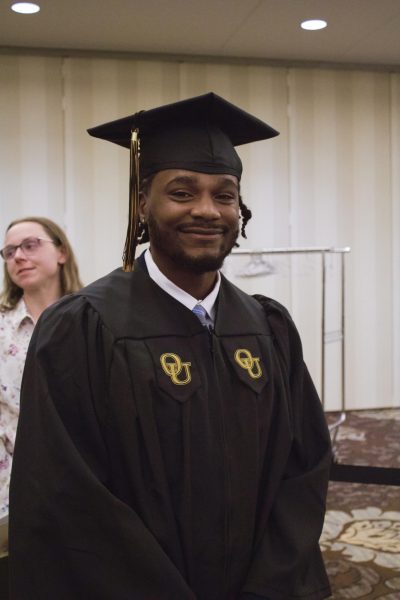E-readers compete for top-shelf status
There was a time when Patricia Boyko, 52, from Sterling Heights, would go to her local bookstore and look through the shelves. Although she still enjoys going to bookstores, Boyko has the option of simply pushing a button to turn on her e-reader.
“It’s hard for me to visualize books being gone,” Boyko said. “I still like books.”
Boyko, owner of a Kindle Fire, is one of the growing number of people who are transitioning from books to e-books.
“They are convenient when you are going somewhere,” she said. “I do like them.”
In contradiction to Johannes Gutenberg’s printing press in 1436, the number of e-readers is rising. According to a December 2012 Pew Research Center study, the number of e-book readers has increased from 16 percent to 23 percent in readers age 16 and up.
In contrast, the number of printed book readers in the previous 12 months dropped from 72 percent to 67 percent.
“People prefer e-books when they need a book quickly, when they want a wide selection or they want to read on-the-go,” Kathryn Zickuhr, Research Analyst at Pew Research Center, said.
According to the study, the move toward e-reading coincides with the increase of those purchasing e-book reading devices.
“However, at this time print books are still more popular than e-books,” Zickuhr said.
E-books are becoming more available through the Internet, in stores and local libraries.
According to Zickuhr, 12 percent of e-books readers first look at their public library for a book.
Avid reader Megan Lilly, 26, from Novi, said she buys at least two books a week, sometimes even three or four. She reads about four books between Thursday and Monday.
Lilly has the Nook tablet and the Kindle app for her iPad, and has had her e-readers for over a year.
Reading mostly science fiction and mystery novels, Lilly said she sometimes gets books from the library for her e-reader.
Rebecca Craft, adult services manager of the Rochester Hills Public Library, said the library has been providing e-books for four to five years.
“It’s more popular with the baby boomer generation and older people,” she said.
According to Craft, 20 percent of the books on the library’s budget are e-books and 80 percent are physical books.
The Troy Public Library has seen an increase in e-book usage in the last two years.
According to Philip Kwik, Assistant Director, e-books are 4 to 5 percent of circulation.
“We are exposed to more options than buying physical books,” Lilly said. Some users are looking at e-readers for more than just convenience.
“For individuals unable to go purchase a book, they no longer have to wait for it be shipped,” Lilly said.
Even with the number of e-readers rising, there is some doubt that they will take over books completely.
“A lot of people enjoy browsing shelves and I don’t think they will overtake books,” Craft said.







